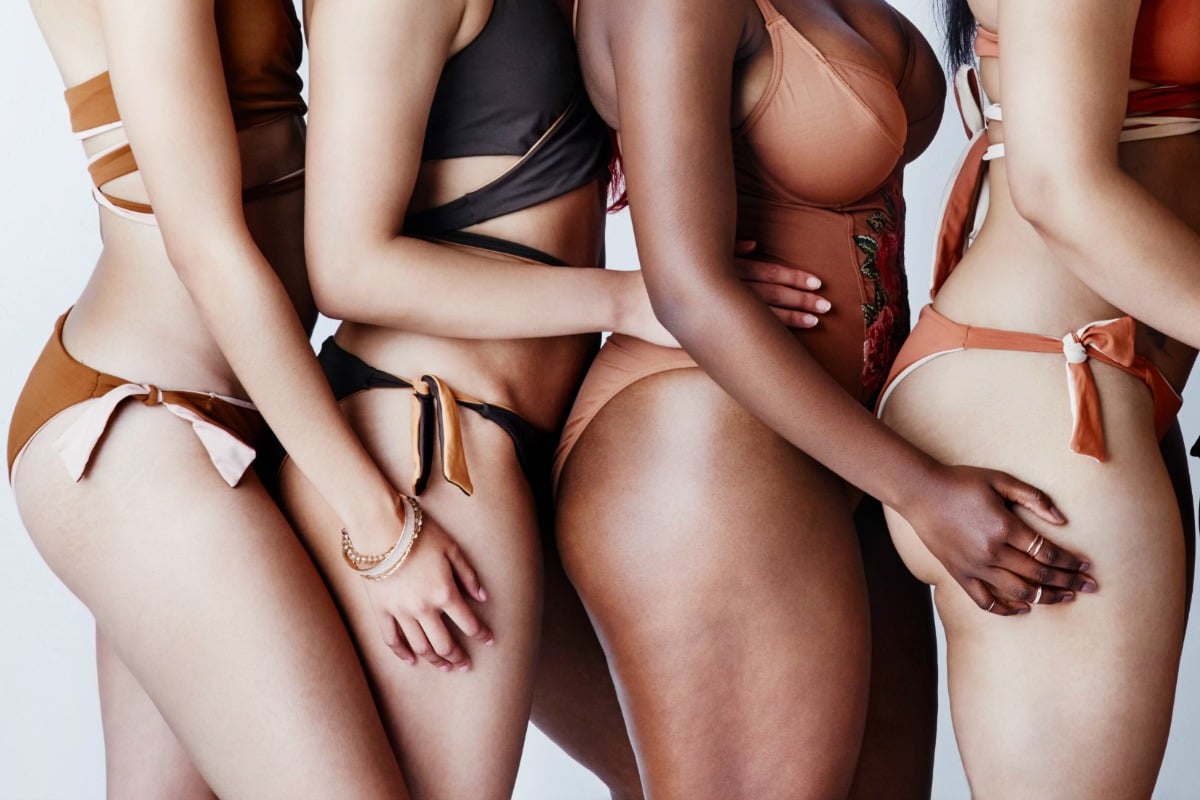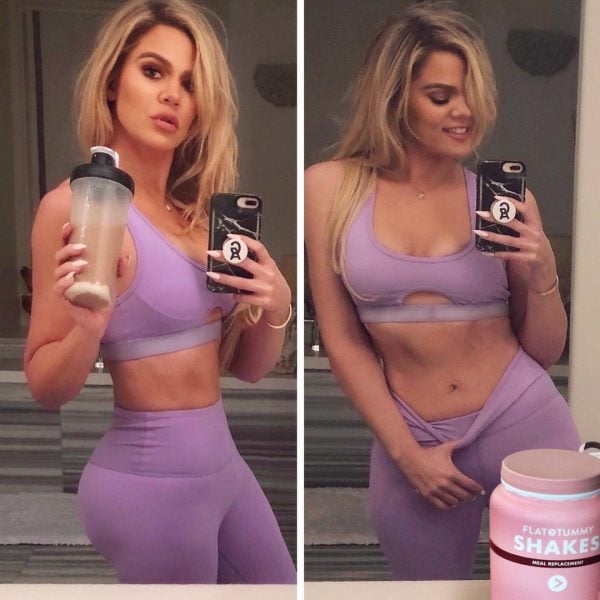
Senator Deborah O’Neill: ‘A very welcome change is coming to your social media feed.’
Millions of Australian women have flipped through magazines and poured over images of celebrities and models. Alongside those images were the stories and advice and headlines promising we’d achieve our “sexiest body ever”.
Now, with the rise of social media and the persistence of digital connectivity, Australian women of all ages can endlessly scroll through curated images of toned models, celebrities and social media influencers.
While social media can be great for connecting with loved ones, we also know that it facilitates the consumption of imagery that can be damaging for men and women’s body image.
Men are met with images of chiselled torsos and sculpted, strong limbs. You know it, the Adonis ideal. Women face a barrage of ‘perfection’ – perfect hair, teeth, skin and bodies with curves in all the ‘right’ places.
The pressure to imitate these body types – that often become idealised – can be harmful to our mental, physical, and emotional health. And, it’s well established that this can be associated with the development of body dissatisfaction and eating disorders, which affects over one million Australian men and women. Of all psychiatric illnesses, eating disorders have amongst the highest mortality rates.
A lot of the time the portrayal of these ‘ideal’ bodies is often unattainable or only attainable through unhealthy practices thanks to digital alteration. You’ve seen it before: the model’s waist has been tightened – and it’s disproportional to the rest of their body. It’s literally impossible to look like that.


Top Comments
There is a difference in what is unreal and what is unrealistic there are in a technical way diverse body types from slender to very obese none are unrealistic but some are indeed unhealthy.Perhaps motivating people to greater fitness and healthy diets are better addressed in attacking that root cause.
Does this also apply to ‘influencers’ etc posting sponsored content on social media?
I wondered that too. Or aggregation websites that skim other news sites and social media feeds and present that as news, are they covered too or just advertisers?
And the ads are a good start, I suppose, but what about the rest of the magazine/website? Let’s face it, a lot of what you see presented in articles is really just an ad in disguise. ‘Buy this skincare, and you too can have flawless skin (just like our photoshopped model)!’ ‘Wear this because it’s super in right now (and the designer spends tons on money advertising here)!’
Honestly, wouldn't the simplest solution be "photoshop cannot be used on photos that will be used to sell a product or put in a product that is sold." Or is that being overly simplistic?
Nice idea, probably zero chance of it ever happening. If they can’t present unattainable bodies, we won’t feel bad enough about ourselves to buy the stuff they’re flogging!